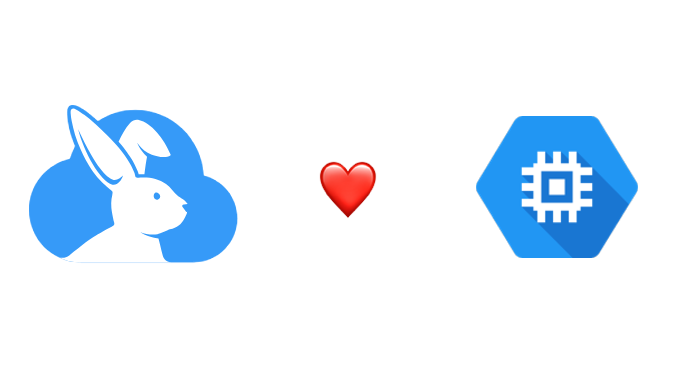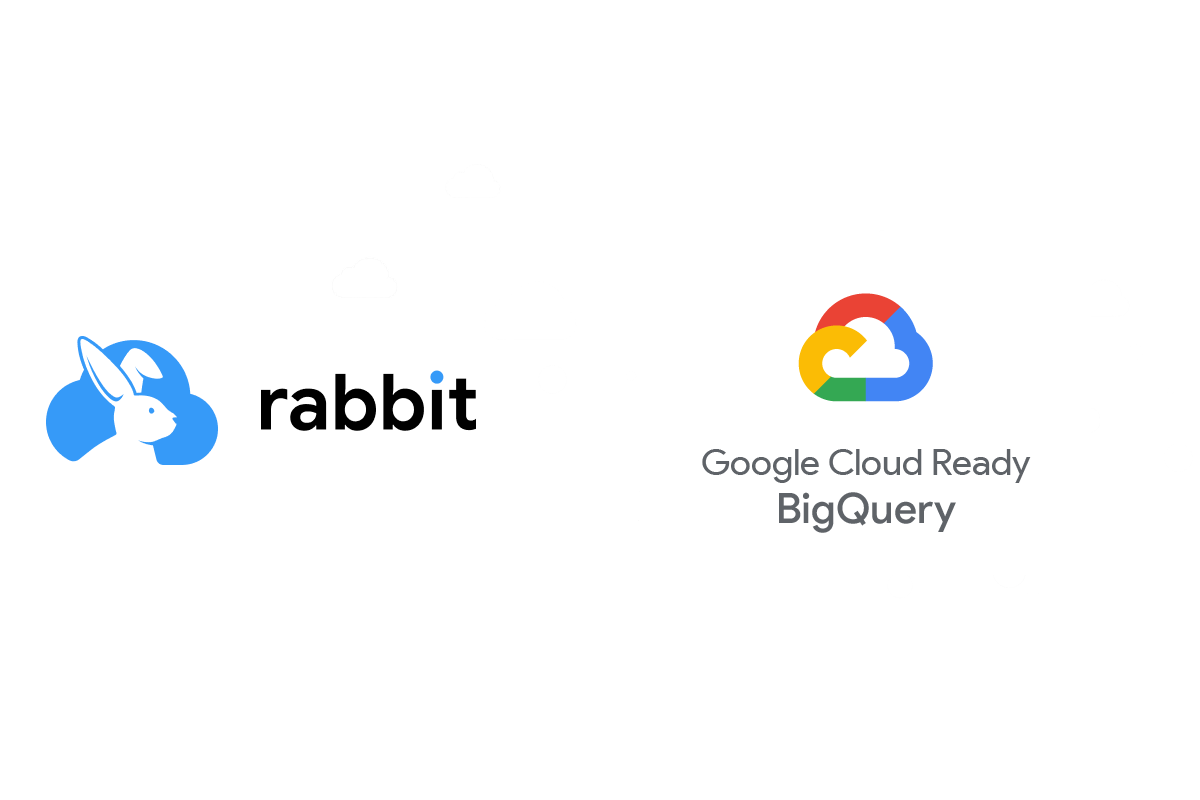We are putting an all knowing cloud architect at your fingerprints
Balazs Molnar, CEO
6 min read
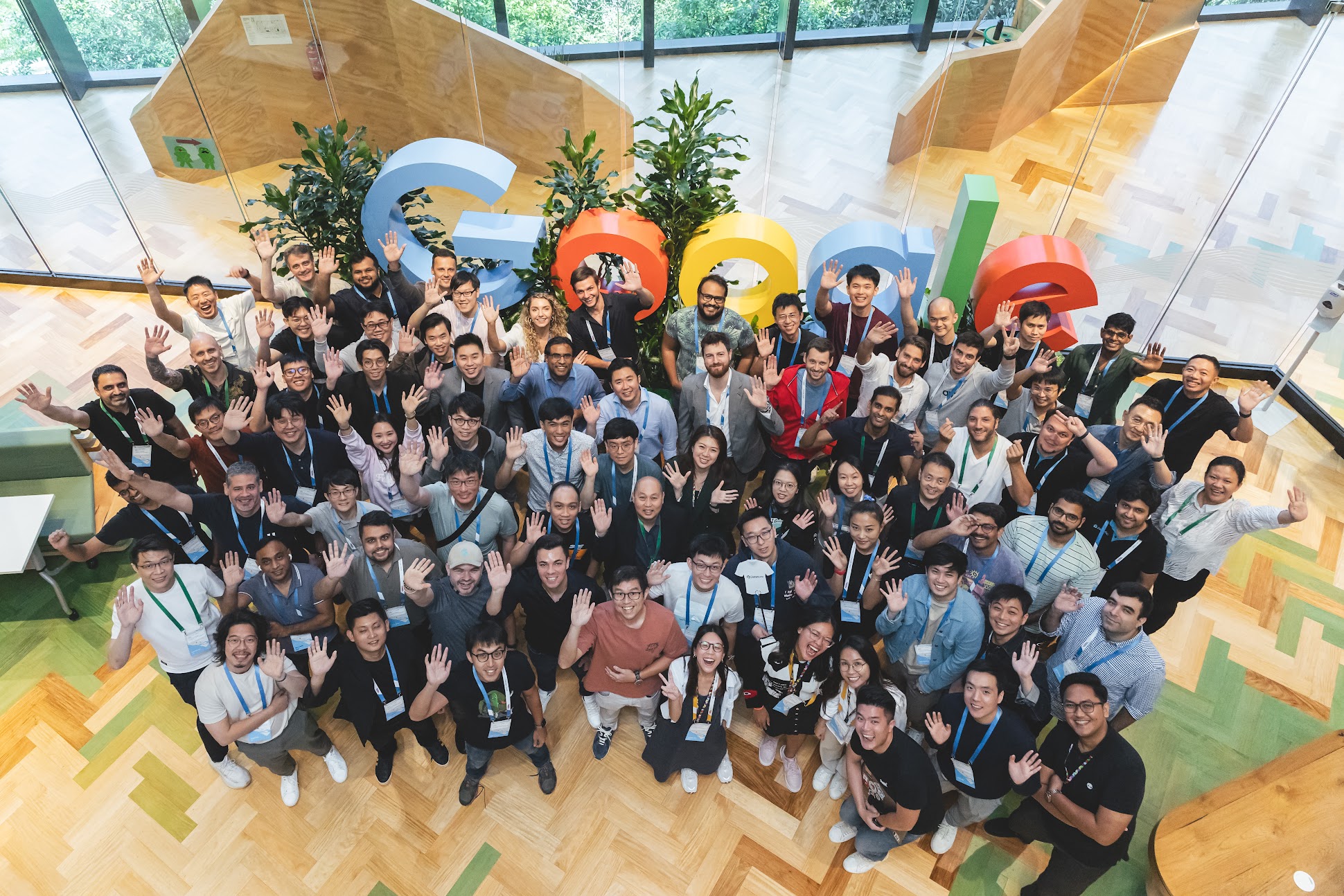
Imagine that managing your cloud bill feels as natural as chatting with the best software architect in your company that knows every little corner of your complex cloud infrastructure. That’s the future we’re building at Rabbit.
When I left Google 8 years ago the reason why I embarked on my entrepreneurial journey was that I was convinced that the next frontier of user interfaces will be based on text inputs and not graphical. 2016 turned out to be way too early. 8 years after the first attempt, we are right in the middle of the revolution of conversational UIs and what was a gimmick in 2016 seemingly looks like to be the next chapter of in user interaction.
We are building Rabbit for engineers to help navigate cloud costs management and optimization. As cloud bills balloon, pressure on the engineering teams is getting bigger, to optimize, lower costs and plan budgets better. But it is a delicate balance between costs and performance when it comes to building on the cloud and it’s often easy to walk into landmines and blow up budgets.
For a software engineer, understanding performance is a figure of merit. But costs weren’t something that was at the top of their mind and it was clear for us that if we wanted to help our audience we had to make our recommendations and dashboards as seamlessly integrated into their workflow as possible. This is where we started with the first iteration of Rabbit. A very good UI. Intuitive, so that it doesn’t take our users a lot to get a sense of and understand the answers for problems that they didn’t even have to think of not too long ago.
Rabbit has a great UI, something that all of our customers praise. But it’s only good in a traditional way, and no matter how intuitive it will become and no matter how much we iterate on it it will never be able to figure out the question instead of our user. It will never be proactive enough, it will never be able to answer questions on the go, and most importantly it will never be integrated into the workflows of the engineers who will need to rely on Rabbit everytime they build something awesome.
From the inception of the first idea of Rabbit we knew we wanted something different. Something that is more natural, like having the best cloud architect, available at your fingerprints. Because the point of optimization is that it should not be an afterthought, and shouldn’t be only about saved dollars. It should be continuous, it should be part of the routine where engineers never have to get out of their workflows to perform it. There is no need for another UI and website, the magic is in the backend, it’s in our engine that reads more data than any collective engineering teams can do in less than seconds and makes predictions, actions, and models in real time. But what good is all this information for, if the engineers have to keep a tab always open and get lost in another dashboard.
Information should be available wherever the communication flows between teams: on Slack, Google Chat, Teams wherever it is natural. Sounds good, so why hasn’t it happened yet? It turned out to be a much bigger challenge than we originally thought as GenAI models were not particularly good at reading structured data. And while our data is all stored in BigQuery which makes it easy to share and extract (which comes handy with the new API service we’re offering), it is quite complicated for AI models to read and come back with a meaningful answer. Let alone that we can’t tolerate the slightest hallucinations as our customers rely on our accurate and actionable data on a daily basis.
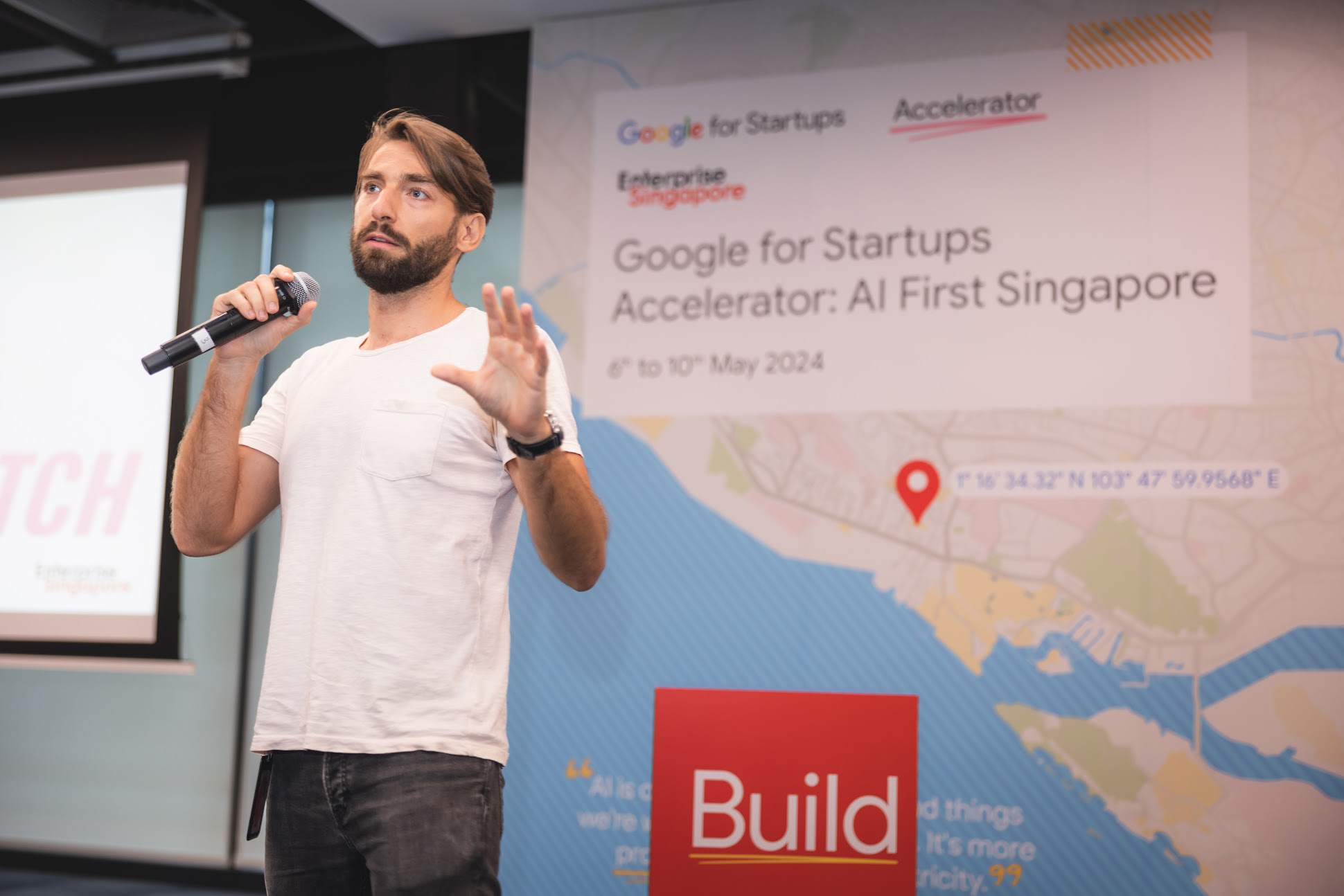
To solve this we teamed up with Google through its AI First Accelerator program and it’s great to see that we are getting very close to our vision of building an ultimate virtual software architect.
Our new GenAI-powered smart assistant is deeply integrated into Rabbit’s architecture, leveraging several key technologies to deliver seamless natural language query responses about cloud consumption. At the core, we use Google’s cutting-edge model Gemini on Vertex AI and the LangChain framework to orchestrate interactions between various data sources and the conversational AI model.
The assistant accesses GCP usage data and billing information stored in BigQuery, ensuring real-time and accurate responses. It also integrates knowledge from Rabbit’s and GCP’s documentation to provide comprehensive answers. For enhanced interaction and analysis, the system uses Conversation Analytics from CCAI Insights and Dialogflow CX for smooth integration with popular communication platforms like Google Chat, Slack, and Microsoft Teams. This robust setup ensures that engineers receive precise, context-aware assistance within their existing workflows, minimizing disruptions and maximizing efficiency in managing cloud costs.
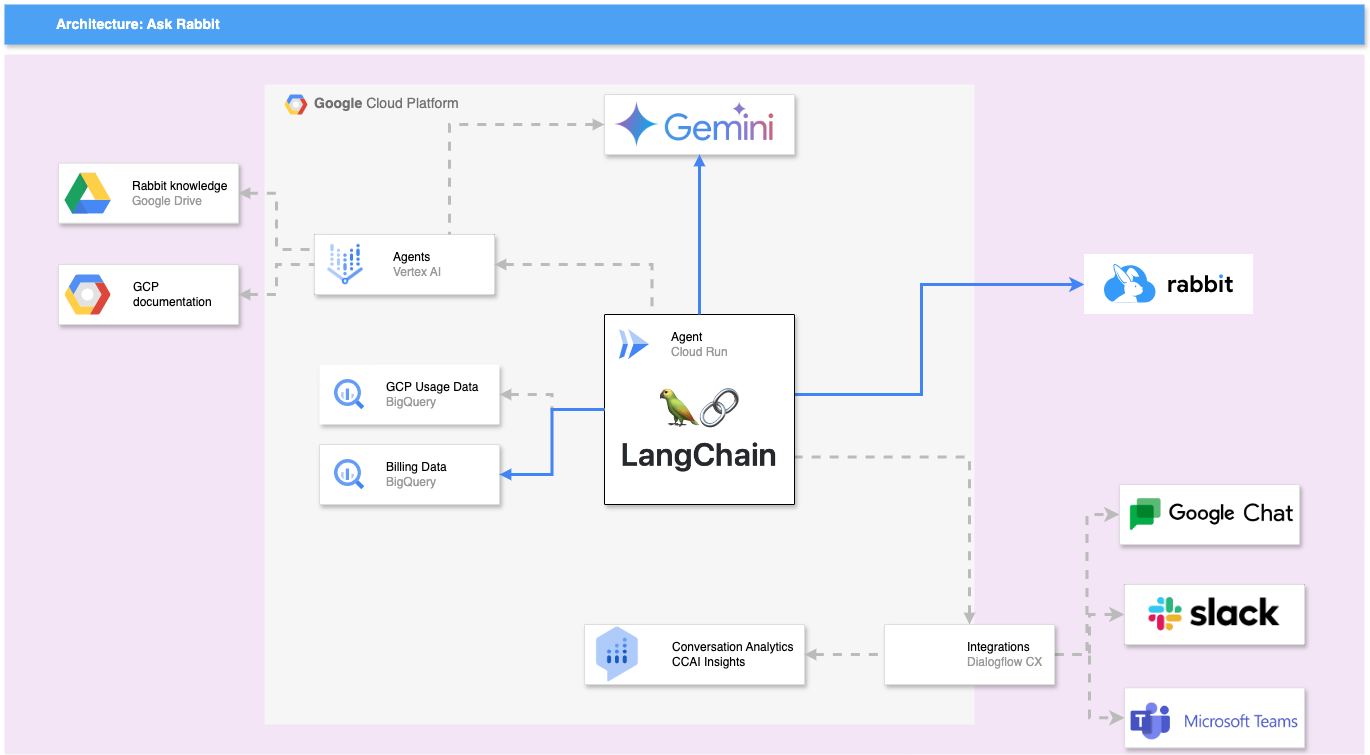
We joined Google’s AI first accelerator to reinvent how our users will interact with our product. After spending a week with 26 other startups like Transparently, Swingvy or Uilicious who are looking to solve similarly challenging issues with new approaches, I am convinced that at the end of the program we will be able to release a brand new Rabbit experience that will ensure the magic of our technology will be accessible for anyone who cares or have to care about cloud costs and performance in an organization.
AI is not a magic wand. Many of the mentors we spoke with asked us if using AI to reinvent the interface is the technological innovation we deliver? Or would it create any moat for us? The answer is a definite no. Our innovation is the complex computing and engineering task we managed to resolve under the hood. It’s the plumbing that you don’t see, the stuff that is hard to explain. It’s the boring stuff… Like your electricity grid or tap water that you don’t know how valuable it is until you lose it. But magic happens when you flip a switch and there is light in the darkness and when that complex plumbing out of the sudden is there to allow you a glass of water when you need it. The magic is when all that complexity doesn’t look that complex anymore.
Follow our LinkedIn page to see what’s coming or try Rabbit for free now.
